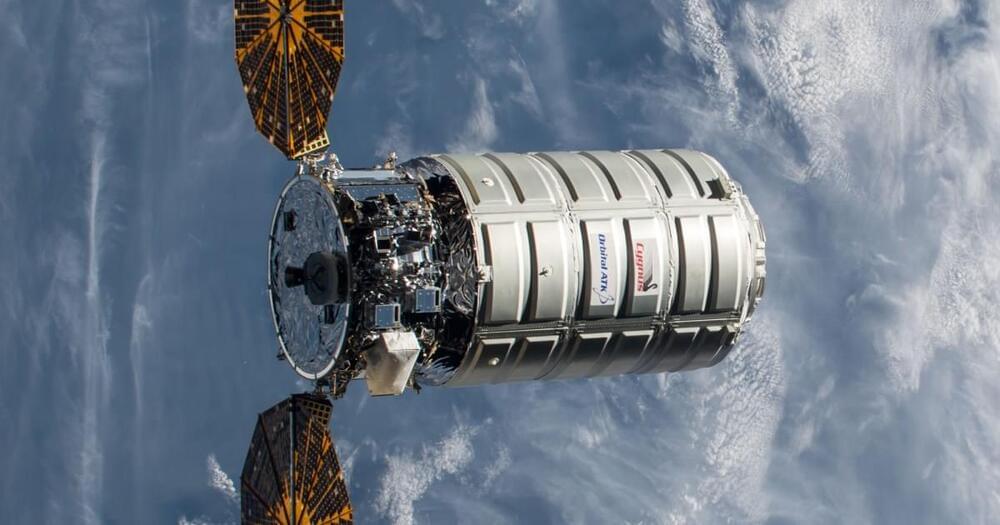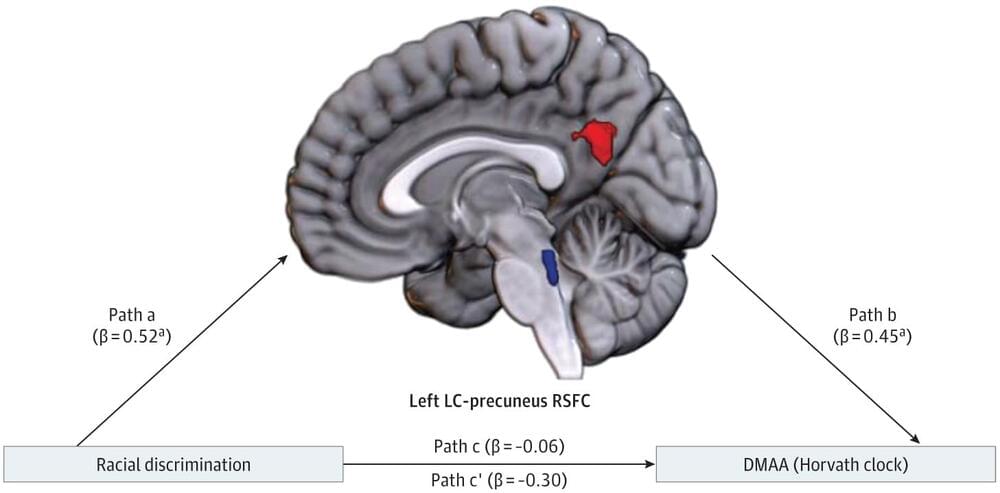Elon Musk says his startup Neuralink has implanted a brain chip into a second patient and plans to perform another eight trials later this year.
Almost half the electrodes are working… for now.


DNA contains foundational information needed to sustain life. Understanding how this information is stored and organized has been one of the greatest scientific challenges of the last century.
With GROVER, a new large language model trained on human DNA, researchers could now attempt to decode the complex information hidden in our genome.


Chromosomes are threadlike structures composed entirely of DNA that reside in the cells of all living things. Each one of these biological databanks contains a wealth of genetic information that scientists can use to glean insights into the history and evolution of life on Earth. Normally, the remains of dead creatures degrade over time, causing DNA to fragment. Most ancient animal DNA discovered to date has been incomplete, often comprised of fewer than 100 base pairs out of the billions that once made up the full sequence of the organism.
However, the 52,000-year-old skin sample at the heart of this research was taken from behind the ear of a mammoth discovered in Northern Siberia in 2018. An intensive analysis of the sample revealed the presence of complete fossil chromosomes. These chromosomes, each measuring billionths of a meter in length, had seemingly been frozen in a glass-like state for tens of thousands of years. Knowing the shape of an organism’s chromosomes can help researchers to assemble entire DNA sequences of extinct creatures, a task previously deemed nearly impossible due to DNA degradation over time.
“This is a new type of fossil, and its scale dwarfs that of individual ancient DNA fragments — a million times more sequence,” explained Erez Lieberman Aiden, a corresponding author on the study and director of the Center for Genome Architecture at the Baylor College of Medicine.

Space-based solar power, an innovative concept that involves capturing solar energy in space and transmitting it to Earth, offers limitless opportunities in system design, manufacturing and deployment. This technology has the potential to revolutionize the energy industry, addressing global clean energy demands while minimizing environmental impact.
The availability of space resources, such as asteroid mining and lunar regolith utilization, presents opportunities for companies that invest in technologies and techniques to extract and process these resources, including precious metals, water and rare minerals.
The importance of continued investment in space exploration cannot be overstated. As space technology advances, businesses must consider potential applications in their industries. Collaboration between space agencies and private companies is key to driving innovation and economic growth, offering countless opportunities for the future.

https://huggingface.co/papers/2408.
How can AI truly converse like a human if it cannot listen and respond simultaneously, or handle interruptions when things go awry?
Enter the world of full duplex modeling (FDM) and the innovative listening-while…
Join the discussion on this paper page.

As we have alluded to numerous times when talking about the next “AI” trade, data centers will be the “factories of the future” when it comes to the age of AI.
That’s the contention of Chris Miller, the author of Chip War, who penned a recent opinion column for Financial Times noting that ‘chip wars’ could very soon become ‘cloud wars’
He points out that the strategic use of high-powered computing dates back to the Cold War when the US allowed the USSR limited access to supercomputers for weather forecasting, not nuclear simulations.

(THE CONVERSATION) Racism steals time from people’s lives – possibly because of the space it occupies in the mind.
Question Is racial discrimination associated with brain connectivity, and are alterations in deep brain functional connectivity associated with accelerated epigenetic aging?
Findings In this cohort study of 90 Black women in the US, higher self-reported racial discrimination was associated with greater resting-state functional connectivity (RSFC) between the locus coeruleus (LC) and precuneus. Significant indirect effects were observed for the association between racial discrimination frequency and DNA methylation age acceleration.
Meaning These findings suggest that racial discrimination is associated with greater connectivity in pathways involved with rumination, which may increase vulnerability to stress-related disorders and neurodegenerative disease via epigenetic age acceleration.


Schöfbänker made use of a telescope having a 14-inch mirror and assorted gear capable of following satellites that keeps them automatically in the center of a field of view, finessing the equipment with a bit of input and corrections, he told Space.com.
“I make these images by taking a video during the flyover and then stacking (averaging out) and sharpening the best frames,” Schöfbänker said.
The two solar panels that can be seen at the end aren’t visible on any of the computer renderings available online, Schöfbänker advised. “I am not really sure if they are solar panels or some other features like an antenna or something of that nature.”